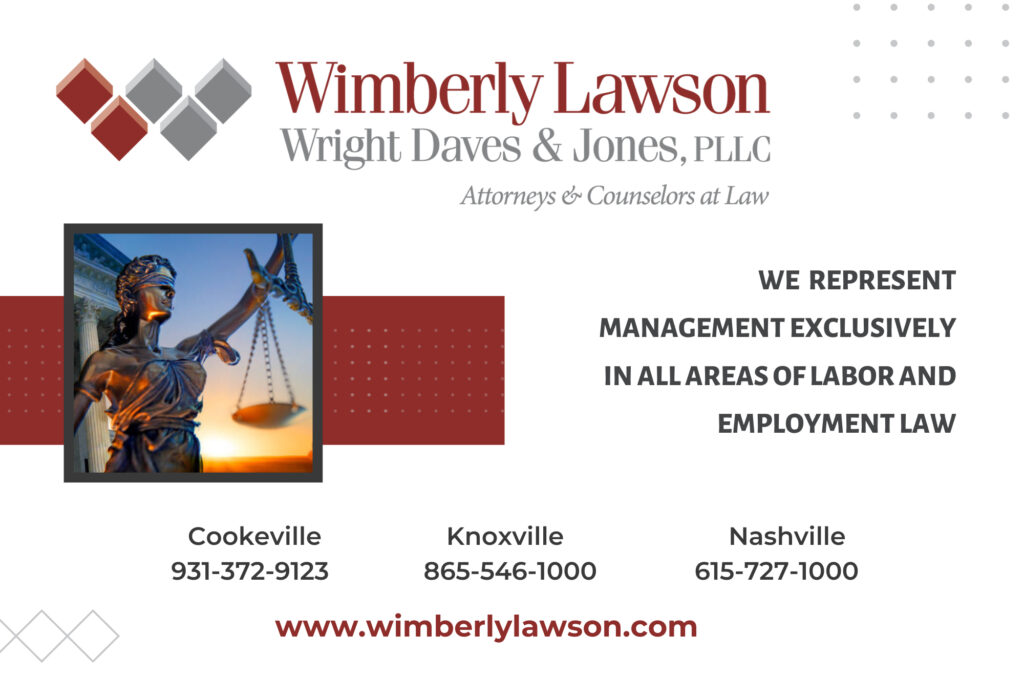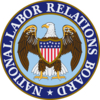In a series of decisions and actions the National Labor Relations Board (“NLRB” or “Board”) has increased risks to employers and expanded certain rights of unions and employees in a variety of ways. Four examples are discussed in this article, three of which flow from Board decisions in December of 2022.
Remedies For Unlawful Discharge
The Board through its prosecutorial arm, the General Counsel, has long pursued claims on behalf of employees that it believes were discharged unlawfully under the National Labor Relations Act (“Act”). For many years the primary remedy in such claims was back pay.
In one of the December decisions, Thyve, Inc., the Board held that where an unlawful discharge is found the remedy will include “consequential damages” as well. What are consequential damages? They can include any number of harms that flowed causally from the discharge. For example, suppose the unlawfully discharged employee no longer has health insurance and has a health event. The healthcare costs over and above the amount the employee would have had to pay under the employer’s plan could be consequential damages. Suppose the employee was unable, despite reasonable efforts, to obtain a comparable job for several months and to make ends meet incurred credit card debt, or made a 401 (k) withdrawal? Those items may be considered consequential damages and awarded to the employee.
The Board noted that during the compliance process (a stage after there has been a decision on the merits of the unlawful discharge allegation) the employer can raise issues to be considered. For example, did the employee make reasonable efforts to obtain alternate employment? Could the employee have obtained health insurance via alternate means at reasonable cost and failed to do so? Did the employee have greater credit card debt because of spendthrift conduct and not a genuine need?
The bottom line is what while employers may have defenses to elements of alleged consequential damages the universe of available remedies to employees, and thus or risks to employers, has expanded.
Unit Determination In Elections
When a union petitions to represent a group of employees, call the “unit”, the petition describes the group that the union seeks to represent. In another December of 2022 decision, American Steel Construction, the Board changed the rules related to unit determination.
Where the employer seeks to broaden the definition of the unit stated in the petition, the employer must show that the employees it seeks to add share an “overwhelming community of interest” with the petitioned-for group. That is a very high standard which will be very difficult to meet.
The import of this change in the rules means that so long as the petition describes a rationally discernible group that group will almost certainly be accepted as the unit for purpose of the election. One might ask, what difference does that make?
It can make a huge difference in whether the union wins the election. For example, supposes there is a group of production workers in one department who want to bring in a union. There are twenty of these employees. There are two hundred production and maintenance employees in the plant. A union can seek an election among the twenty in the department. To prevail, the union would need for eleven employees to vote for representation. To prevail in a plant wide election among production and maintenance employees the union would need to have one hundred and one employees vote for representation.
Third Party Employer Property Rights
In some situations employees who have a dispute with one employer protest on the property of another employer. A classic example is when employees of a subcontractor protest on property owned by the property owner of a construction site. Can the property owner/third-party employer force the protestors to leave?
Before the December of 2022 decision in Baxter County Performing Arts Center, the answer was most of the time, yes. The Baxter decision changed that rule significantly,
The new rule is that unless the protestors “significantly interfere” with the use of the property, or the property owner has other legitimate business reasons for removing the protestors, the protestors are allowed to remain. The level of evidence required to permit lawful removal of the protestors is high. The import, then, is that most peaceful protests on the third party’s owner’s property will be protected.
Section 10 (j) Injunctions
The Board’s General Counsel, Jennifer Abruzzo, has indicated that the Board will seek such injunctions more regularly. This form of injunction, named for the section of the Act where it is found, allows the General Counsel to go directly to federal district court to seek an injunction in circumstances where the General Counsel believes that following the normal Board process would result in ineffective relief and would in effect allow the employer’s alleged unlawful actions to succeed.
The most typical circumstances when the General Counsel seeks such relief is when an employer discharges employees who are known leaders in an organizing campaign. In that situation the Board can bring unlawful discharge allegations but under the typical process they would take a year and sometimes more to resolve. By seeking an injunction, the General Counsel has an opportunity to achieve reinstatement more quickly.
In 2022, the Board make good on Ms. Abruzzo’s promise to use pursue such injunctions. In August of 2022, the federal district court for the Western District of Tennessee ordered reinstatement of seven employees of Starbucks in Memphis, Tennessee. The employees had been involved in efforts to organize store employees. In another example, the Board sought reinstatement of an Amazon employee who had encouraged coworkers to support a union organizing effort. In November of 2022 the New York federal court ordered reinstatement.
Conclusion
Employers should be aware of the increased risks to discharges alleged to be unlawful and the greater flexibility given to employees and unions in the organizing context. Expect more in the way of increasing risks to employers, decreasing deference to employer property rights, and greater protection for employee conduct in the workplace from the current Board.

Wimberly Lawson Wright Daves & Jones PLLC
Knoxville, Tennessee office
hjackson@wimberlylawson.com

